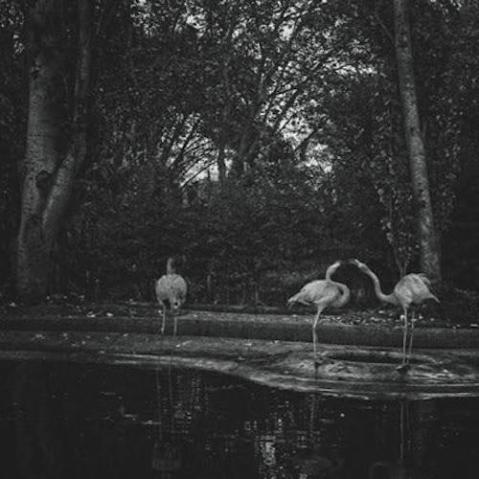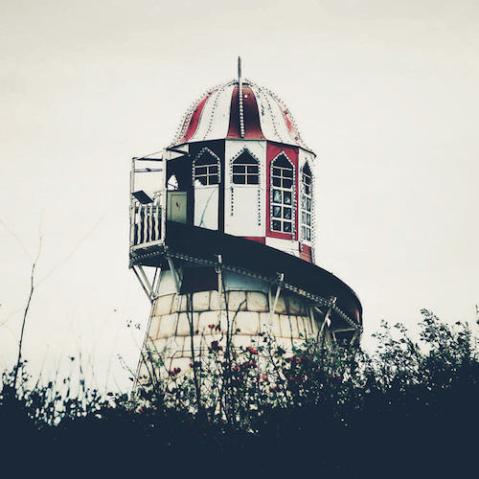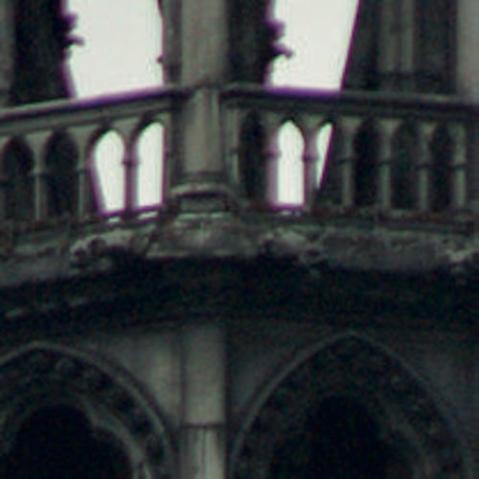Exposure compensation and bracketing. What they are and when to use them.

Whether the camera’s been fooled into giving you the “wrong” result or you simply want to change the mood of a shot, there will be times when you’ll want an exposure to be a little brighter or a little darker.
If you can’t shoot the image again, you’ll just have to wait until you’re back at your computer and use your software to make your images lighter or darker, but if you have the luxury of time and your subject isn’t going anywhere, there’s no excuse not
to shoot again. (“I’ll fix it in Photoshop” is pretty lame when reshooting will only take seconds of your life.)
The tool you need to fix your exposure woes is exposure compensation, which usually has its own dedicated button within easy reach of the camera’s shutter release. By pressing and/or holding the button and turning a control wheel, you can brighten the exposure (using positive/+ compensation) or darken the exposure (negative/- compensation) for the next shot you take.
Alternatively, you can increase your chances of success by using automatic exposure bracketing (your camera may have a button for this as well, marked AEB). When you activate exposure bracketing, your camera will adjust the exposure across a number of images, so you can shoot the same subject with a range of exposures—some brighter, some darker, and one in the middle. Usually this is done across three or five shots, with a view to choosing the “best” exposure later on.
Beyond Auto is Chris Gatcum’s easily accessible guide which will set you free. Unlike other beginners book it does not attempt to explain each and very button, dial and feature on your camera, or explore precisely where each pixel comes from. Instead it concentrates on the key creative controls, including exposure, focus and colour; essential skills that’ll enable you to take the sensational pictures that Auto mode simply can’t.
 Beyond Auto
Beyond Auto
Chris Gatcum
Buy it now!
RRP for print edition: £9.99






